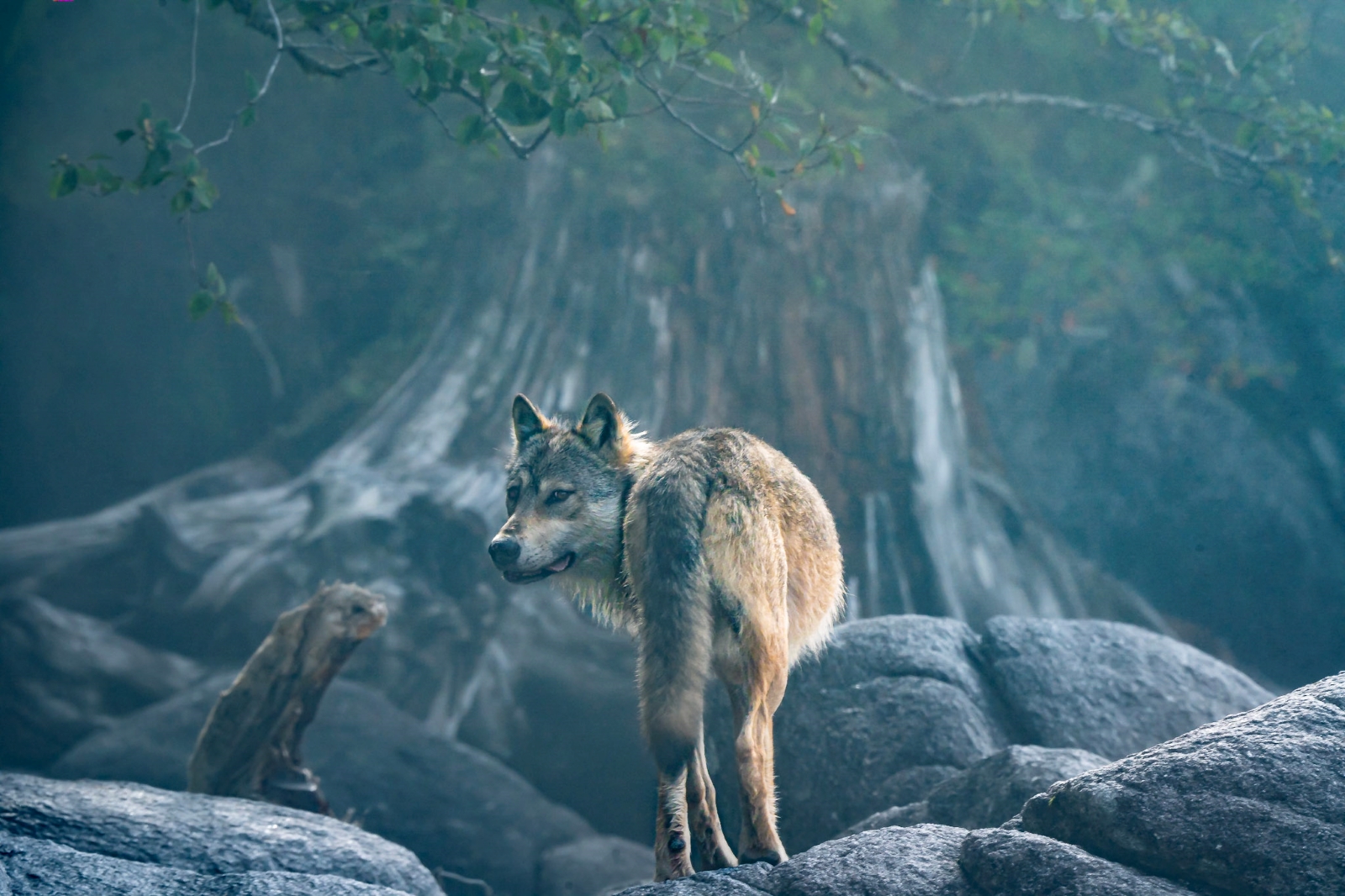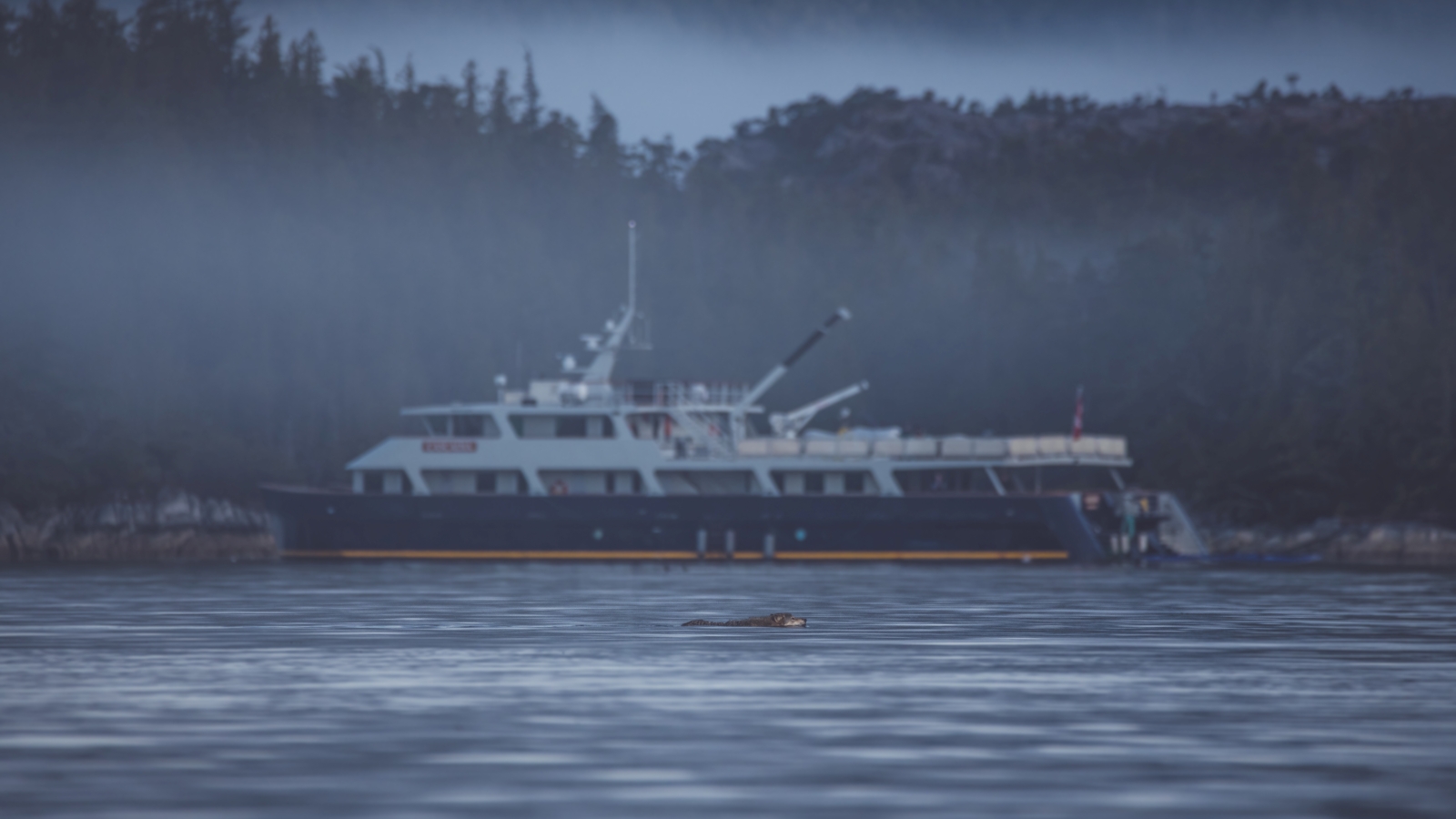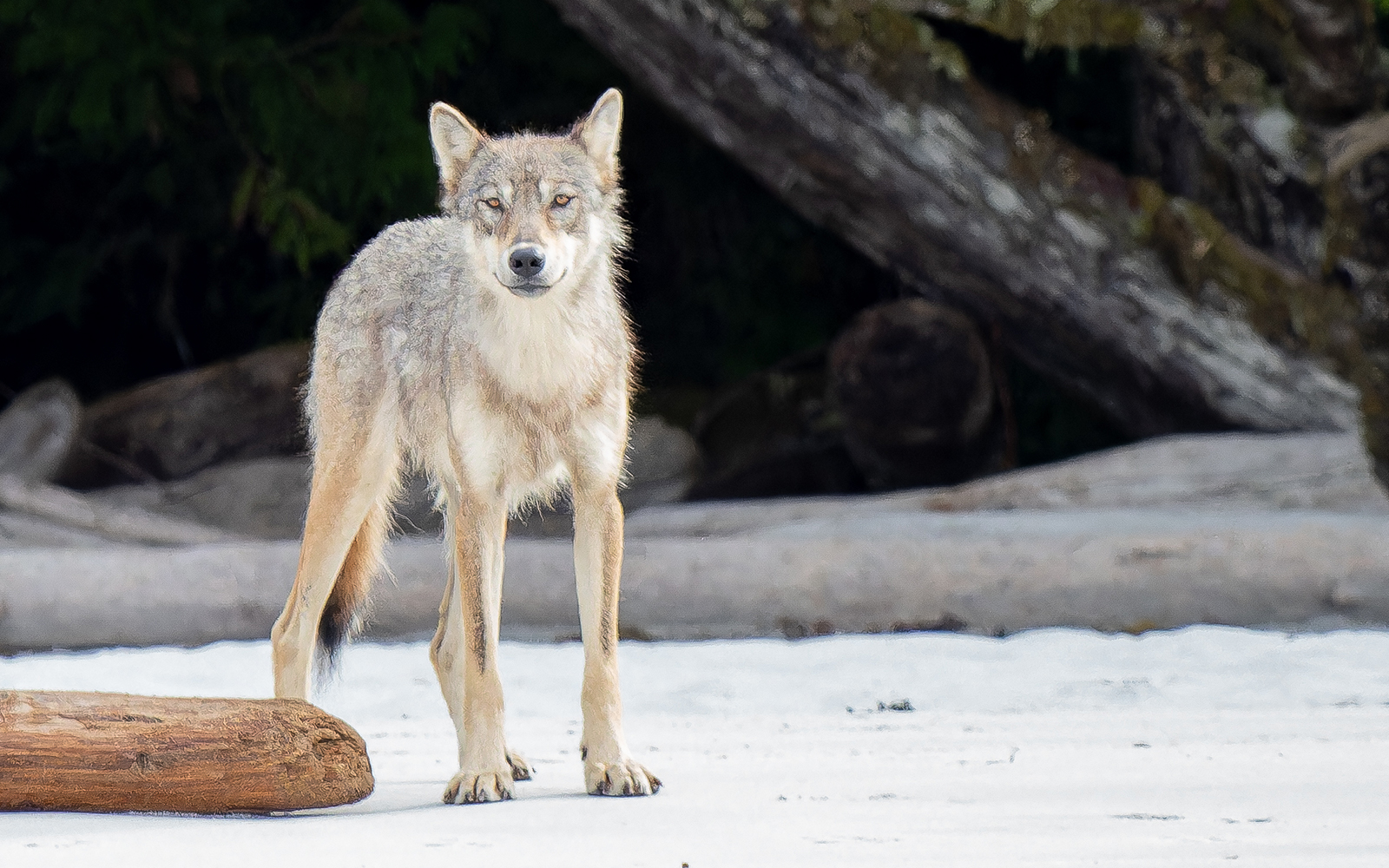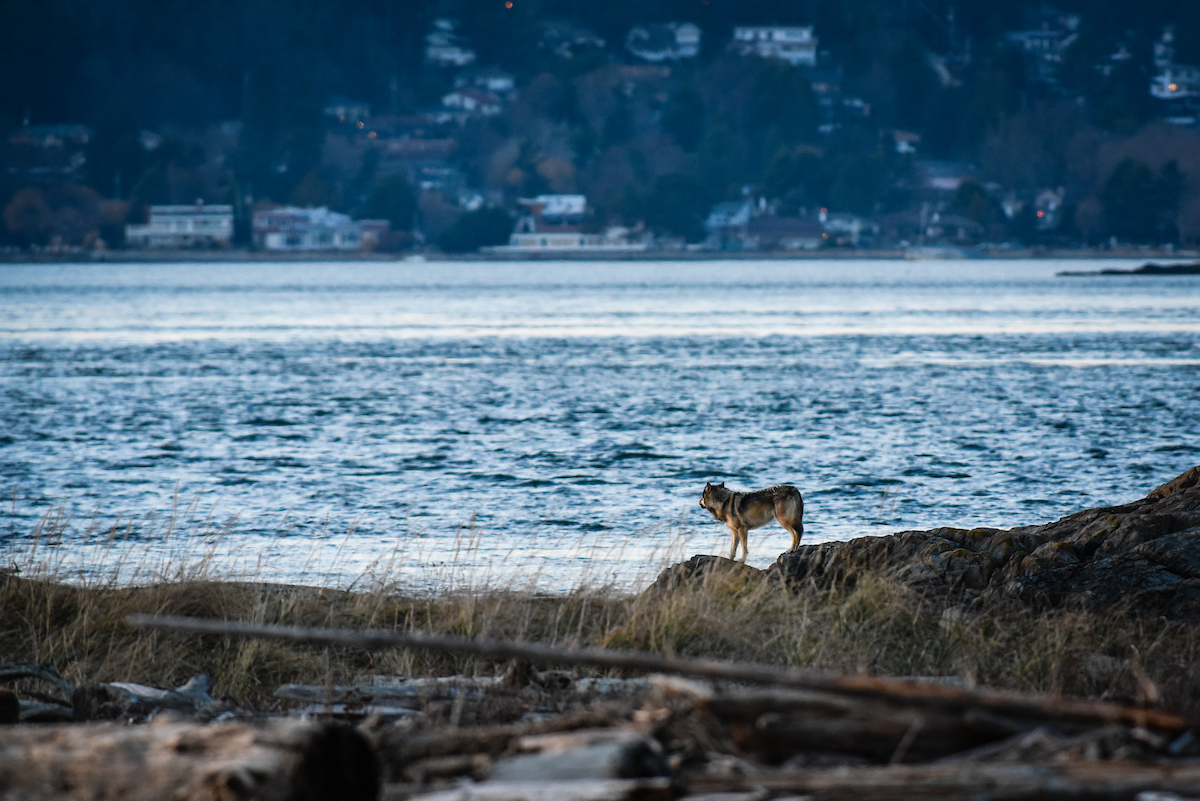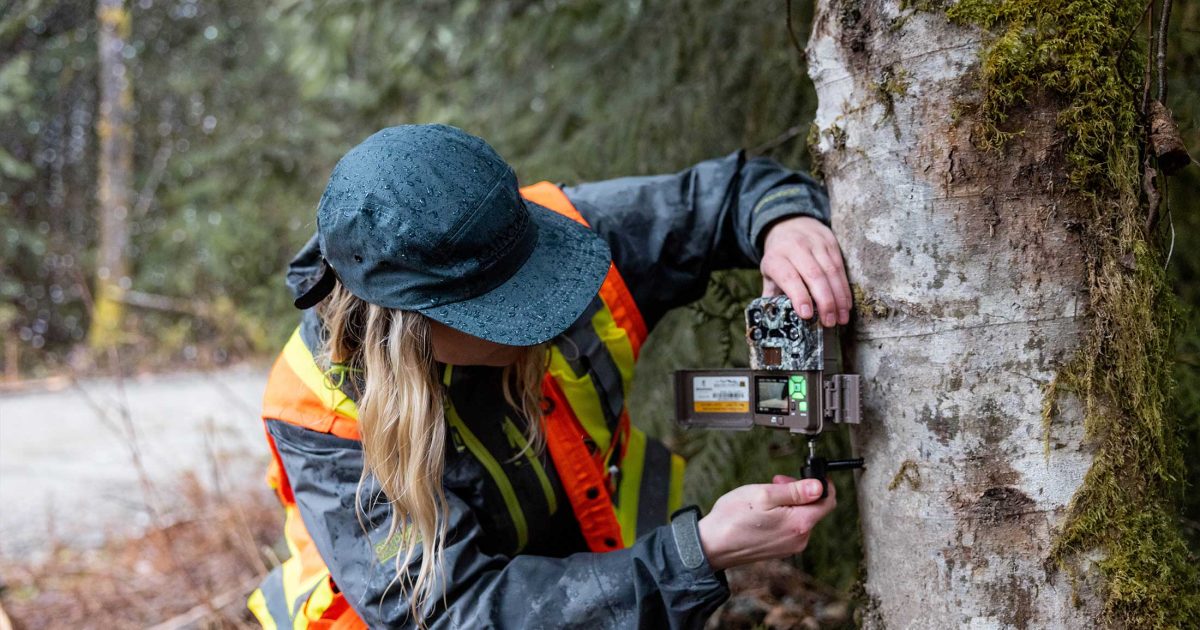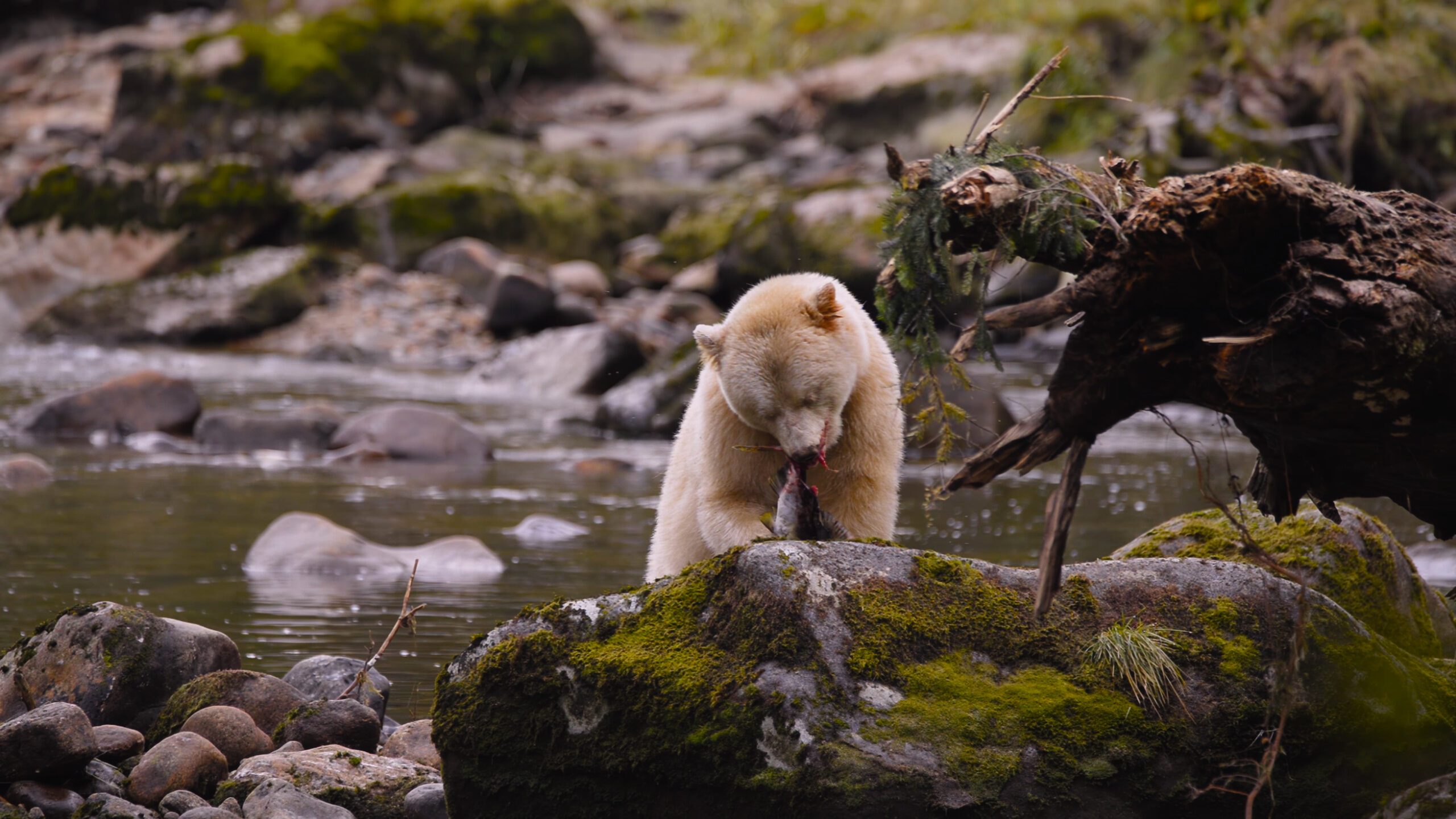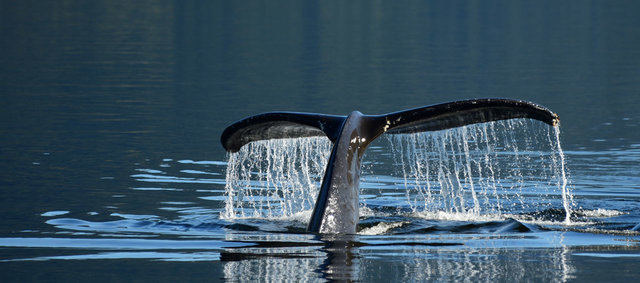They move like shadows along the shoreline, slipping between ancient cedars and driftwood-strewn beaches. For years, coastal wolves remained one of British Columbia’s best-kept secrets—until Netflix’s Island of the Sea Wolves catapulted them into the limelight.
The coastal wolf, a unique subspecies of the grey wolf, have adapted to a life at the ocean’s edge, hunting salmon, swimming between islands, and thriving in one of the planet’s most rugged environments.
But while their newfound fame has made them an icon of the wild, these elusive predators remain shrouded in mystery. What makes them so unique? How are they adapting to a changing world? And with conservationists racing to protect them, what does the future hold for British Columbia’s sea wolf?
A Wolf Born of the Ocean
At first glance, coastal wolves might not seem so different from their inland cousins. But spend time in their world, and their uniqueness becomes undeniable. Unlike other wolves, they live almost exclusively along the coastline, with 90% of their diet coming from the sea.
They fish for salmon, scavenge whale carcasses, and have even been spotted hunting seals. Their fur—thicker, often darker—protects them from harsh coastal weather. And their remarkable swimming abilities set them apart: these wolves don’t just wade across rivers; they navigate open channels, sometimes traveling miles between islands.
Photo: Jeff Reynolds
Coastal wolves have a remarkable swimming ability, linking scattered islands into a vast territory.
These wolves are also slightly smaller than their mainland relatives, a likely adaptation to the available prey in their environment. Some have fur patterns that blend seamlessly into the deep greens and browns of the rainforest, while others, shaped by exposure to salt air and sea spray, carry lighter hues.
Where to See Coastal Wolves—If You’re Lucky
Though Island of the Sea Wolves showcased these animals in stunning cinematic detail, spotting them in the wild is a different experience. Coastal wolves are notoriously elusive, avoiding human interaction and moving unpredictably along the shores of British Columbia, Alaska, and Washington State. The best places to (maybe) glimpse them? Remote pockets of the Great Bear Rainforest or uninhabited islands where nature goes undisturbed.
If you’re determined to try, your best bet is to join an ethical wildlife expedition with guides who understand their movements and prioritize conservation. But even then, patience is key. Unlike bears, which often return to predictable fishing spots, coastal wolves can cover vast distances, appearing and disappearing like shadows in the forest.
Photo: Markus Atkins
While we can never predict an encounter with a coastal wolf, they do, on very rare occasions, happen.
Takaya: The Lone Wolf Who Captivated the World
No discussion of coastal wolves is complete without Takaya. Separated from his pack, the lone wolf survived alone for years on a remote island near Victoria, demonstrating extraordinary adaptability and resilience. His story captured global attention through Cheryl Alexander’s work documenting his life.
Photo: Cheryl Alexander
Takaya’s story serves as both an inspiration and a warning, a reminder of the fragile balance between humans and wildlife. Photo by Cheryl Alexander, a conservation photographer and naturalist who spent six years observing and documenting the life of Takaya.
In January 2020, Takaya left his island, wandering into Victoria, where conservation officers relocated him to unfamiliar territory near Port Renfrew. Displaced and injured in a storm, he struggled to adapt. Still, he showed remarkable resilience, healing from broken ribs and learning to hunt beavers.
Two months later, on March 24, 2020, Takaya was shot and killed by a hunter near Shawnigan Lake. He had been making his way back to the coast—perhaps trying to return home—when he was gunned down. His death reignited debates over wolf hunting in British Columbia.
Alexander, who spent years observing and filming Takaya, is clear about the circumstances of his death: “Takaya was not shot because he got too used to humans—he was shot because we allow the recreational hunting of wolves. The fact that it was legal for someone to kill him is the real issue. This is a betrayal, not just of Takaya, but of the very idea that wild wolves should be protected rather than persecuted.”
British Columbia still permits trophy and recreational hunting of wolves, a practice conservationists argue is outdated and harmful. Takaya’s death serves as a stark reminder of the urgent need for stronger protections for these remarkable animals.
The Future of Sea Wolves
Coastal wolves are more than just stunning creatures; they play a crucial role in their ecosystem, keeping prey populations in check and influencing the behaviors of other predators like bears. But as human development creeps into their habitat, the threats against them grow—logging, hunting, and climate change all pose risks to their survival.
Photo: Alex Harris
A Raincoast field worker deploys a remote camera as part of Raincoast’s non-invasive research on coastal wolves, tracking their presence and behavior in BC’s south coast forests.
In response, conservationists and Indigenous-led initiatives are stepping up to protect these wolves and their wild habitats. Raincoast Conservation Foundation, for example, has been purchasing commercial hunting tenures across 56,000 km² of the BC coast—an area larger than Vancouver Island. By securing these rights permanently, they’ve eliminated trophy hunting in these regions, creating safe havens for coastal carnivores. Their work is driving a shift in provincial wolf management, pushing for policies that respect the species’ ecological role.
With stronger protections, responsible ecotourism, and continued awareness, there’s hope that the coastal wolves of the Pacific will remain wild and free for generations to come.
So, if you ever find yourself on a misty shoreline, listening to the wind and the crashing waves—keep watch. You may just catch a fleeting glimpse of a coastal wolf, a living legend of the sea…
